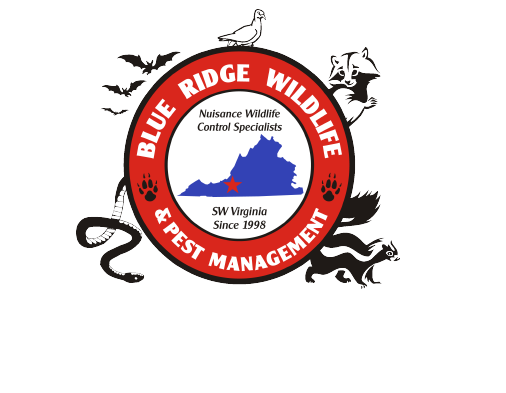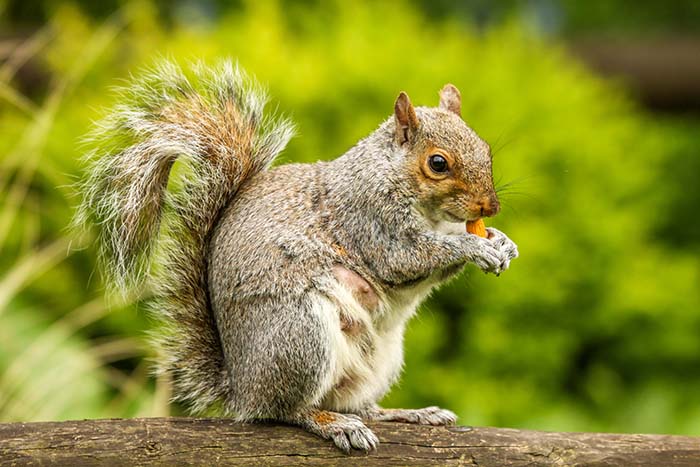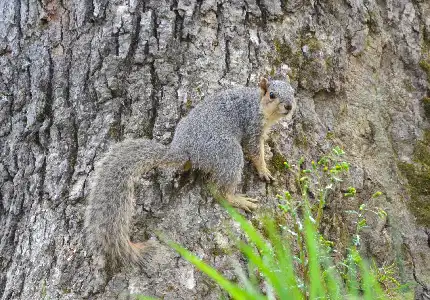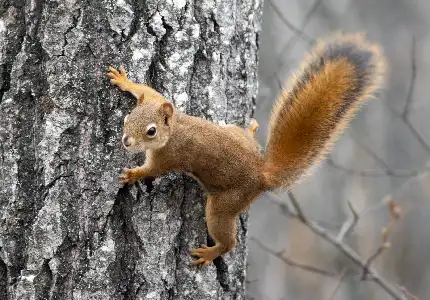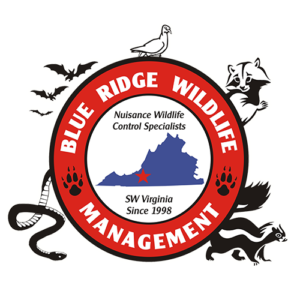
Squirrels in Virginia
Squirrel Life Cycle
Squirrels in Virginia typically breed twice a year, with the first litter born in late winter or early spring and the second in mid to late summer. The gestation period for squirrels is approximately four to six weeks, and litters typically consist of two to six young, with the average being three to four.
Young squirrels are born hairless and blind, and are dependent on their mother for nourishment and warmth for several weeks. As they grow, they begin to develop fur and their eyesight improves. Young squirrels will start exploring their surroundings and venture outside of the nest after about six to eight weeks. They will continue to nurse for several more weeks, but will also begin to eat solid foods such as nuts and seeds. Squirrels reach sexual maturity at around one year of age and can live up to 12 years in the wild, though most do not survive past their first year due to predators, disease, or accidents.
After mating, the female squirrel will give birth to a litter of 2-8 offspring, called kits, after a gestation period of around 4-6 weeks. The kits are born blind, hairless, and completely dependent on their mother for the first few months of their lives. The mother squirrel will nurse her young for 6-10 weeks, during which time the kits will grow rapidly and begin to develop fur and the ability to see and hear. After weaning, the young squirrels will remain with their mother for a few more weeks, learning important skills such as how to find food and build nests.

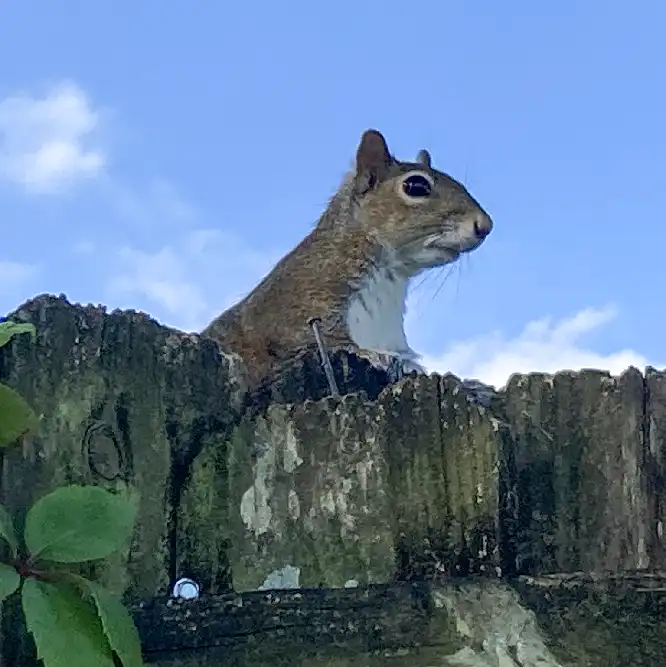
A Squirrel’s Role in the Ecosystem
Squirrels play an important ecological role in Virginia’s forest ecosystems as seed dispersers and predators. They consume a wide variety of plant material, including nuts, seeds, berries, fruits, and fungi, and have been shown to be effective at dispersing seeds over long distances. By caching food items, squirrels can also serve as seed dispersers and aid in the regeneration of forest ecosystems.
In addition to their role as seed dispersers, squirrels also serve as important prey for predators such as hawks, owls, and foxes. They are a critical component of the food web, and their populations can have significant impacts on other species within the ecosystem. For example, a decline in squirrel populations may result in reduced food availability for predators, potentially leading to declines in their populations as well.
Squirrel populations can also have important effects on plant communities within forest ecosystems. For example, when squirrel populations are high, they can have significant impacts on tree seedling survival and growth rates through seed predation and caching behavior. Conversely, when squirrel populations are low, there may be an increase in the density of tree seedlings due to reduced seed predation.
Overall, squirrels play a vital role in maintaining the ecological balance of Virginia’s forest ecosystems. As such, it is essential to manage and conserve squirrel populations and their habitats to ensure the continued health and stability of these important ecosystems.
Squirrels have a varied diet that includes both plant and animal matter. Their diet can differ depending on the season and the availability of food sources. In the spring and summer, squirrels consume a lot of nuts, seeds, fruits, and berries.
They are known to store food in preparation for the winter when these food sources become scarce. During the fall, they gather nuts and seeds to store for the winter.
In addition to plant matter, squirrels also eat insects, bird eggs, and small animals like caterpillars, grasshoppers, and baby birds. They have been known to raid bird nests to feed on eggs and nestlings. Squirrels are opportunistic feeders and will scavenge for food in urban areas, often raiding bird feeders and garbage cans.
They have also been known to chew on wood, bark, and tree sap for nutrients. Overall, squirrels have a diverse diet that allows them to adapt to changing food availability throughout the year.
Squirrels are known to hoard food for future consumption. They do this by burying nuts, acorns, and seeds in the ground, often in multiple locations.
Additionally, squirrels have been observed gnawing on animal bones, such as deer antlers, for their calcium content, which helps to keep their teeth healthy and strong.
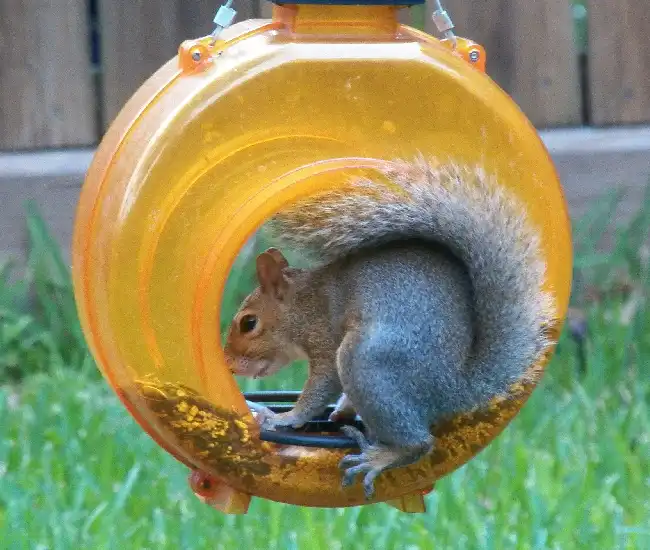
Do You Have a Squirrel Problem?
Learn more about our Squirrel Removal Program or call us at (540) 776-1769
